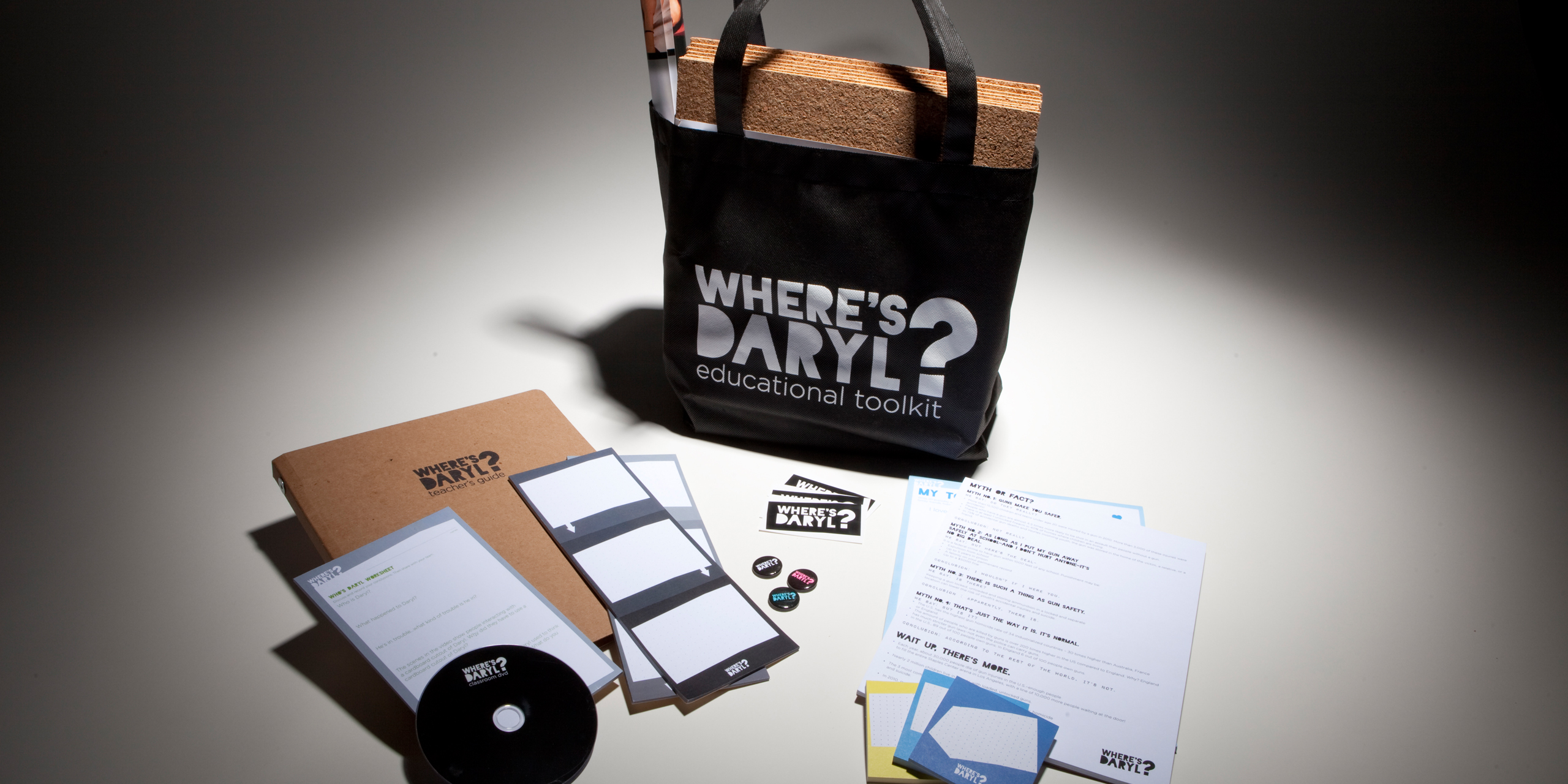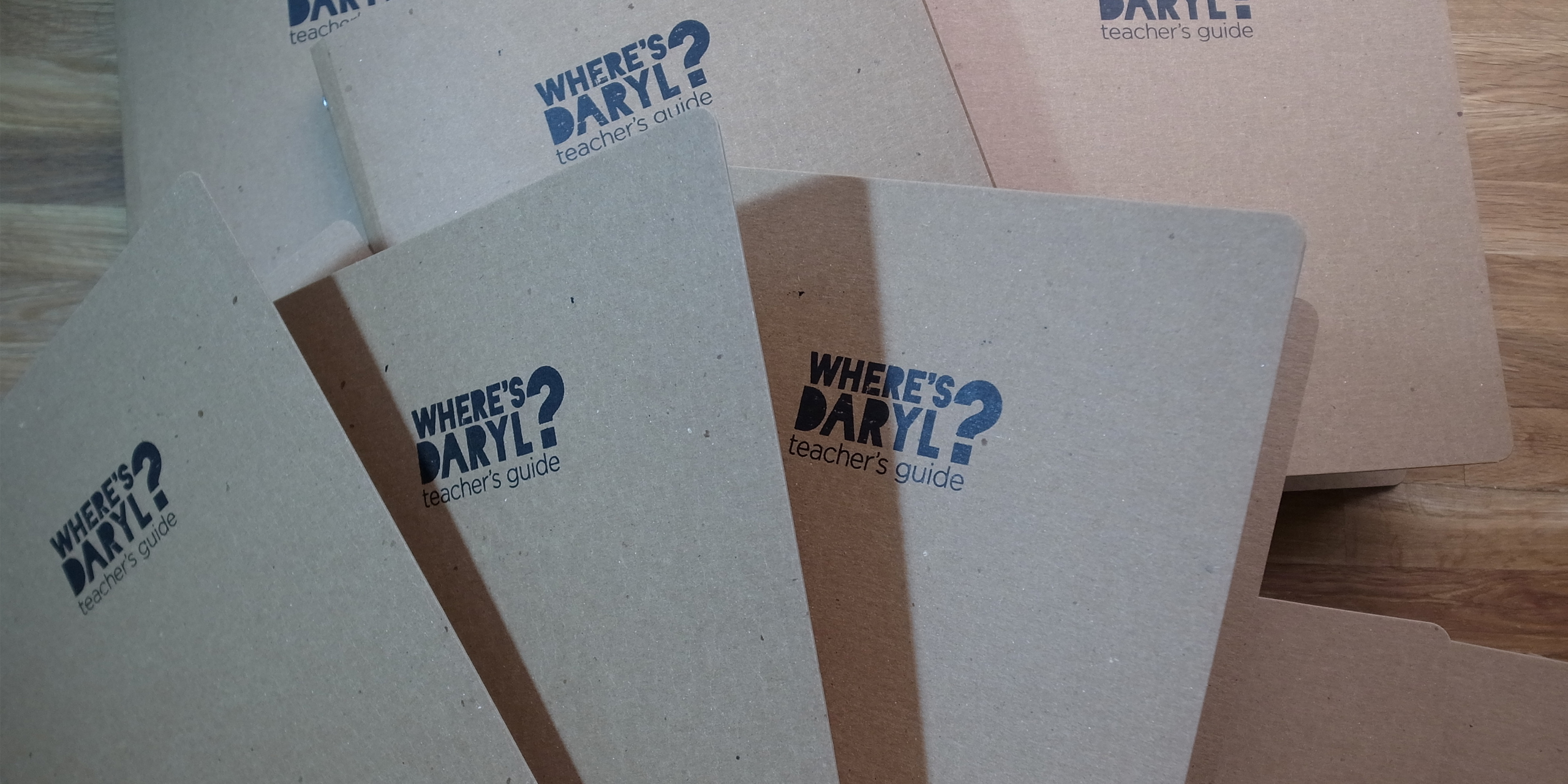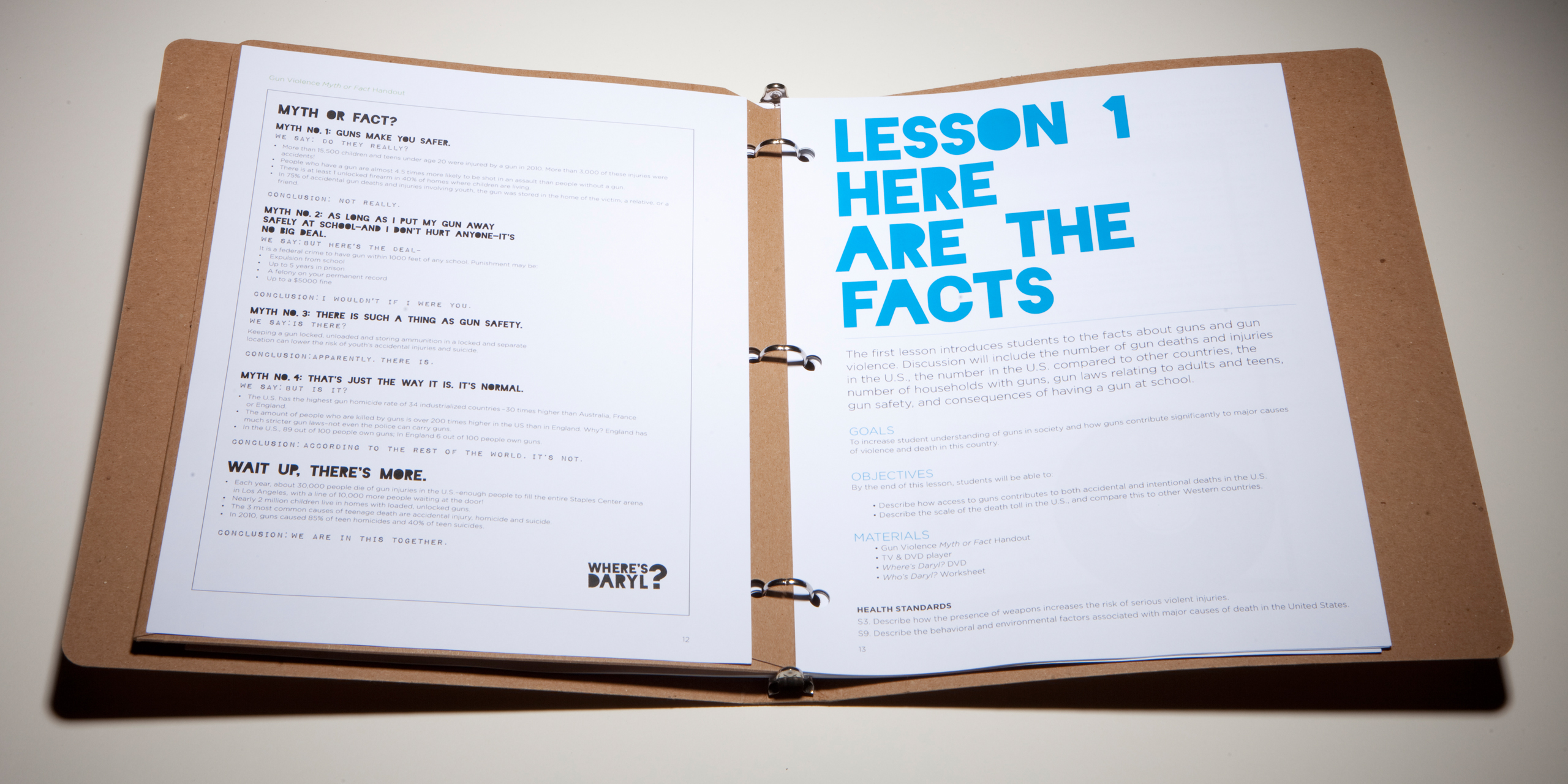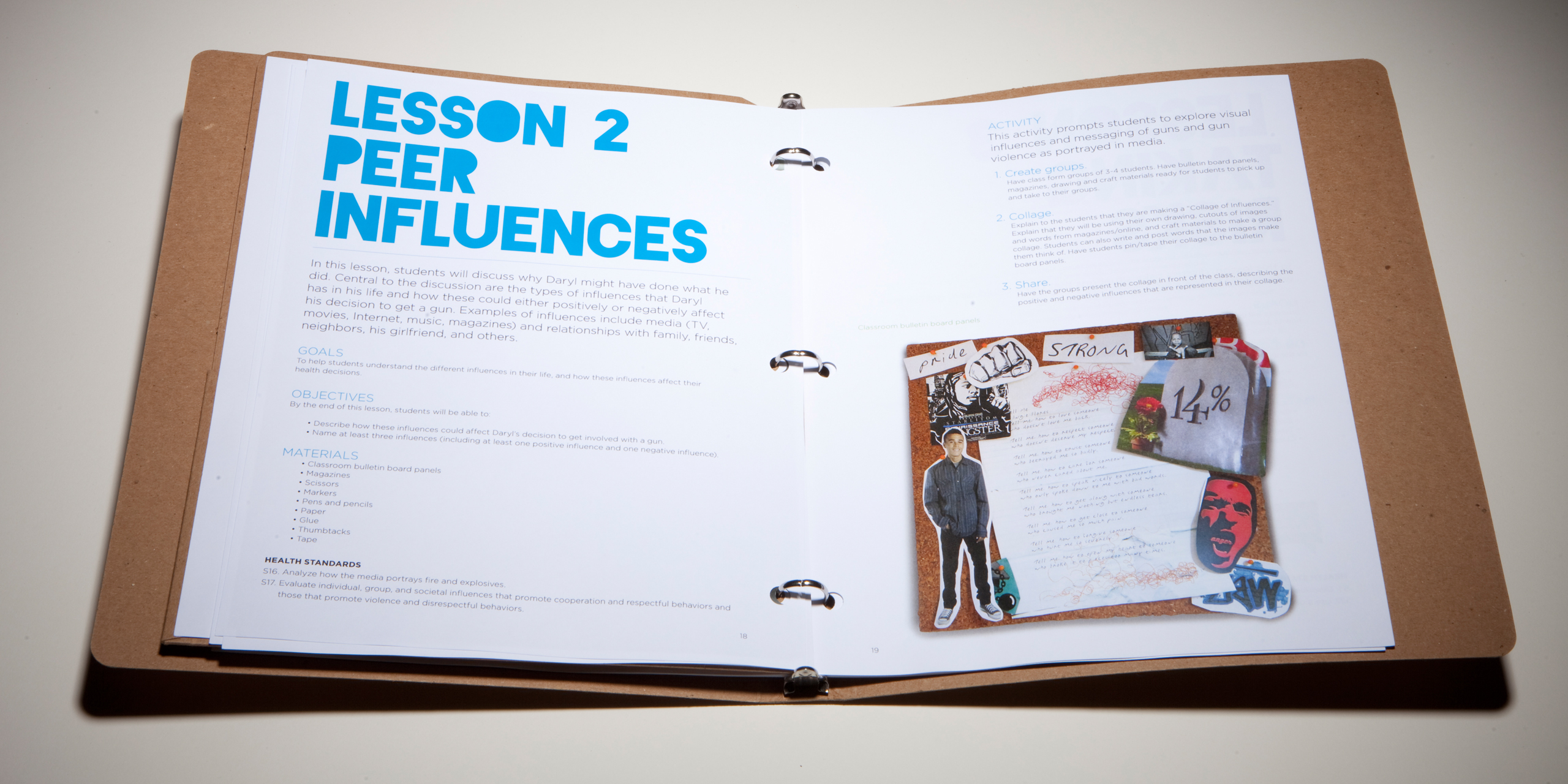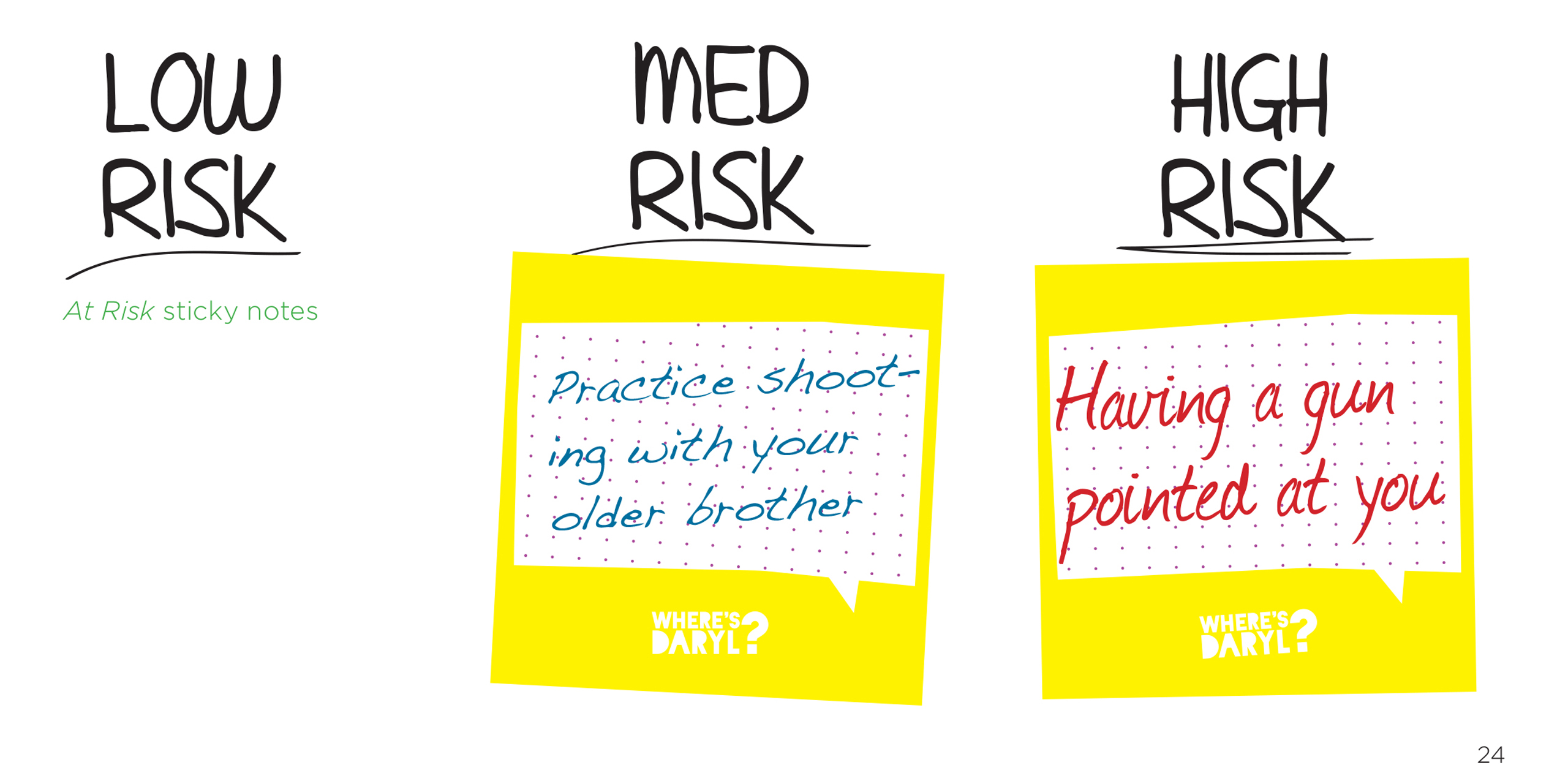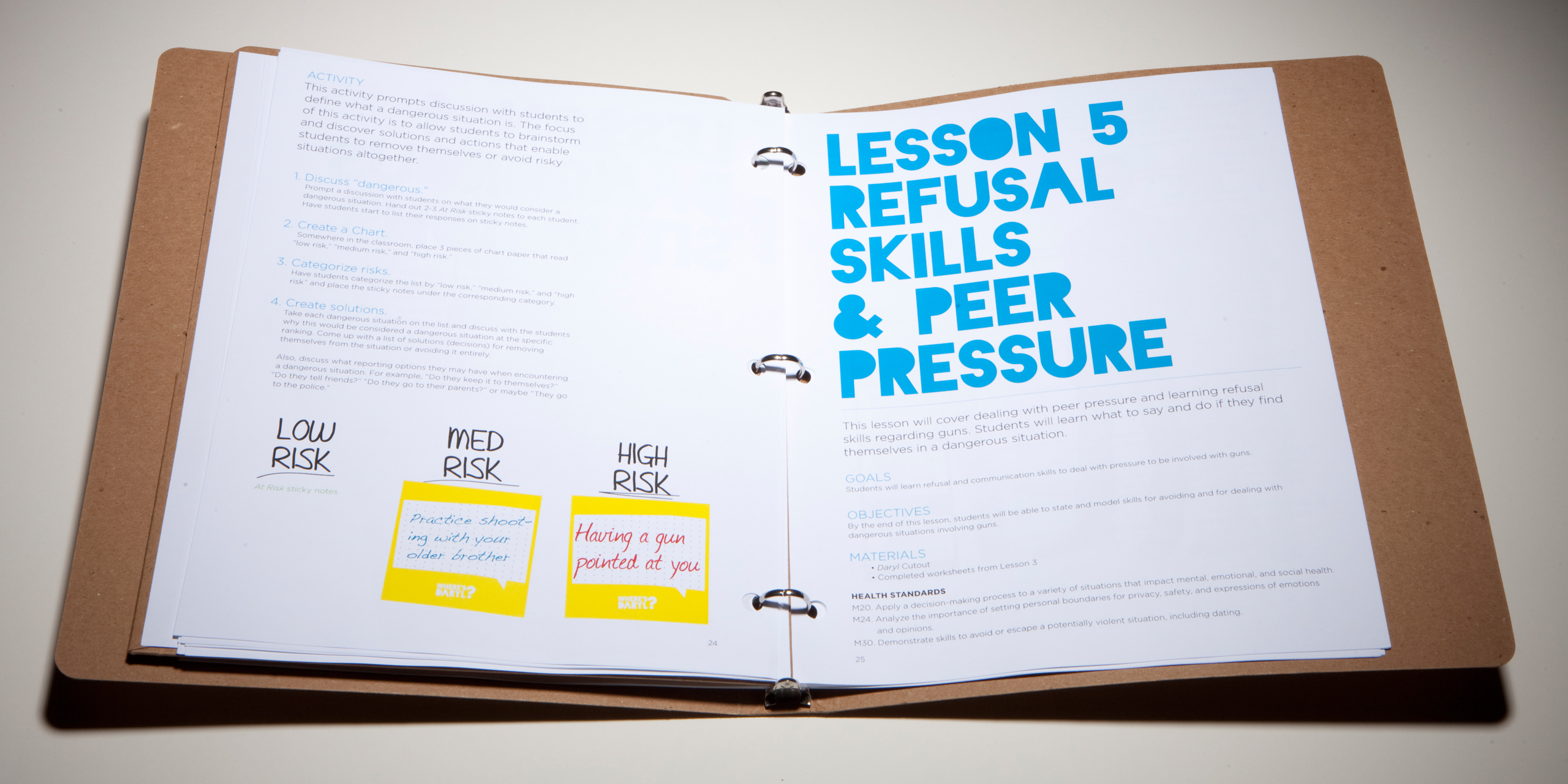“Where’s Daryl?” is the result of an ongoing collaboration with LAUSD’s Health Education Programs which serves, approximately 680,000 students in the district. The project has been developed over two phases:
1/ A 2011 advertising studio at Art Center which engaged the project partner, youth focus groups and a number of stakeholders, and which offered opportunities for the design team to lead primary research that was complemented with a broad set of secondary research sources. In this phase, a number of campaign directions emerged, and “Where’s Daryl?” was selected after initial concept testing among stakeholders. Please see the studio’s Process Book on the sidebar below, available for download.
2/ The development and implementation phase, led by Maria Moon and Elisa Ruffino over 2012-2013, which delivered the program for a pilot rollout which to be executed in collaboration with LAUSD. In this phase the educational tool kit was redesigned to comply with LAUSD health standards for learning outcomes, and presents actionable lessons ready for teachers to deploy in the classroom. The curricular development for the program’s implementation was inspired by direct feedback from LAUSD education experts, which yielded several important outcomes for the team:
• Confirming the appropriateness of “Where’s Daryl?” – Experts confirmed that middle school students would be ideal candidates for this campaign, and that the tone and the approach felt fresh and likely relevant to a student audience.
• Reinforcing the reality of resources – Experts emphasized important considerations teachers would face in deploying “Where’s Daryl?” in the classroom: limited time and resources. Teachers indicated they would be best served by materials that were packaged and ready to go “right out of the box.”
• Raising the rate of implementation by flexibility – Experts encouraged exercises that could flexible in nature for teachers to adapt to their schedules and classroom capacities.
• Affirming steps for national scalability – Experts affirmed the viability for national scalability and suggested incorporating assessment measures to capture success and opportunities for improvement.
